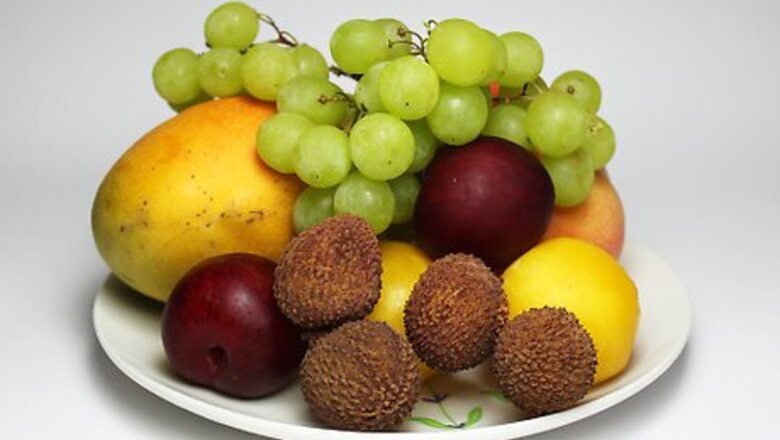
views
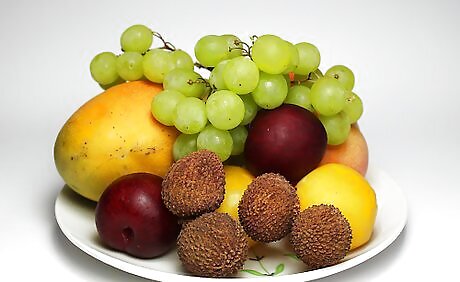
Buy the best fruits and vegetables you can find. Purchase fresh, locally grown produce if you can. Check out farmer's markets, local produce stands and your grocery store. Most grocery and food stores carry organic fruits and vegetables, which may be more expensive, but provide the guarantee that they were grown without chemicals or hormones.

Wash your hands with warm soapy water for at least 20 seconds before you handle food. Dry them with a paper towel or clean cloth.
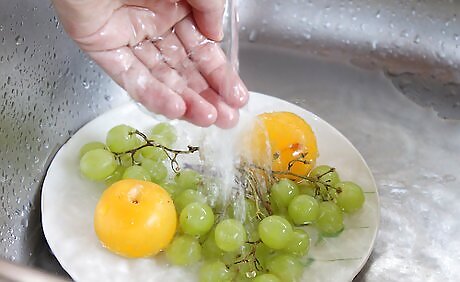
Rinse your fruits and vegetables in clean water. Run the food under cold water to remove any bacteria, dirt, insects or pesticides. You should do this for produce with skin as well, such as bananas and avocados. Use a clean vegetable brush to scrub items with a firm surface, such as melons and cucumbers.
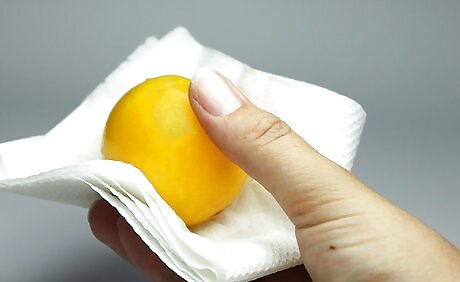
Dry the fruit and vegetables with a paper towel. Use the towel to lightly pat the produce to absorb any remaining water.
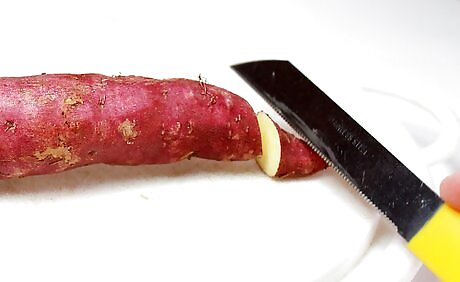
Prepare food for eating, storing or cooking by cutting off any unnecessary stems or roots. Trim the leaves off celery, shuck the husks off corn and remove grapes from their stems.
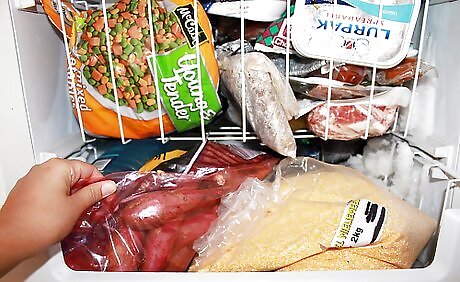
Store fresh produce in the refrigerator. Items that you plan to eat fresh, such as apples, carrots, oranges and cucumbers, can be kept at room temperature, but will stay fresh longer if you keep them cool.
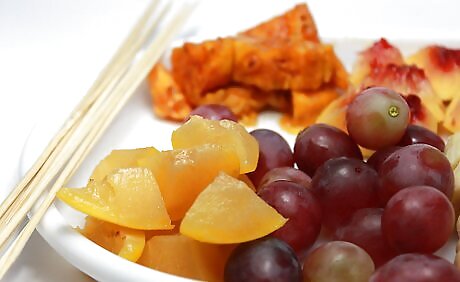
Cut fruits and vegetables into large pieces. If you plan to cook your produce, keep the pieces as large as you can, and minimize the time they spend cooking or stewing in any liquid. This will retain more nutrients.
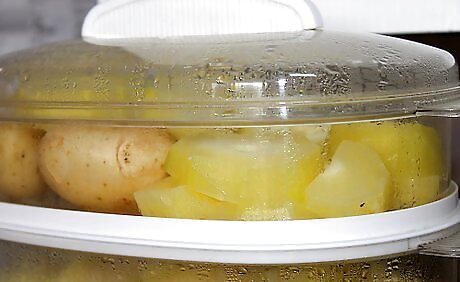
Cook fruits and vegetables. You can do this by steaming, grilling, roasting, baking, microwaving or frying them. They can be mixed with other ingredients including meats, pastas, rice and incorporated into breads and desserts.
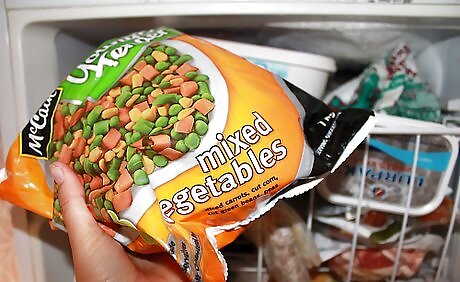
Keep frozen fruits and vegetables in the freezer until you are ready to use them. Allowing them to defrost before you cook and eat them may affect their taste.

Follow specific preparation instructions for any recipes or techniques you are using to cook or store fruits and vegetables.
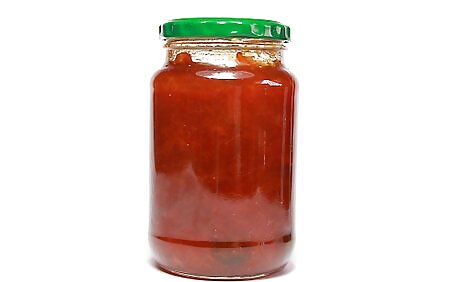
Preserve fruits and vegetables by using processing methods recommended by the USDA or the Food and Agriculture Organization of the United Nations (FAO). Dehydration, heat processing and chemical preservation are some of the recommendations.




















Comments
0 comment